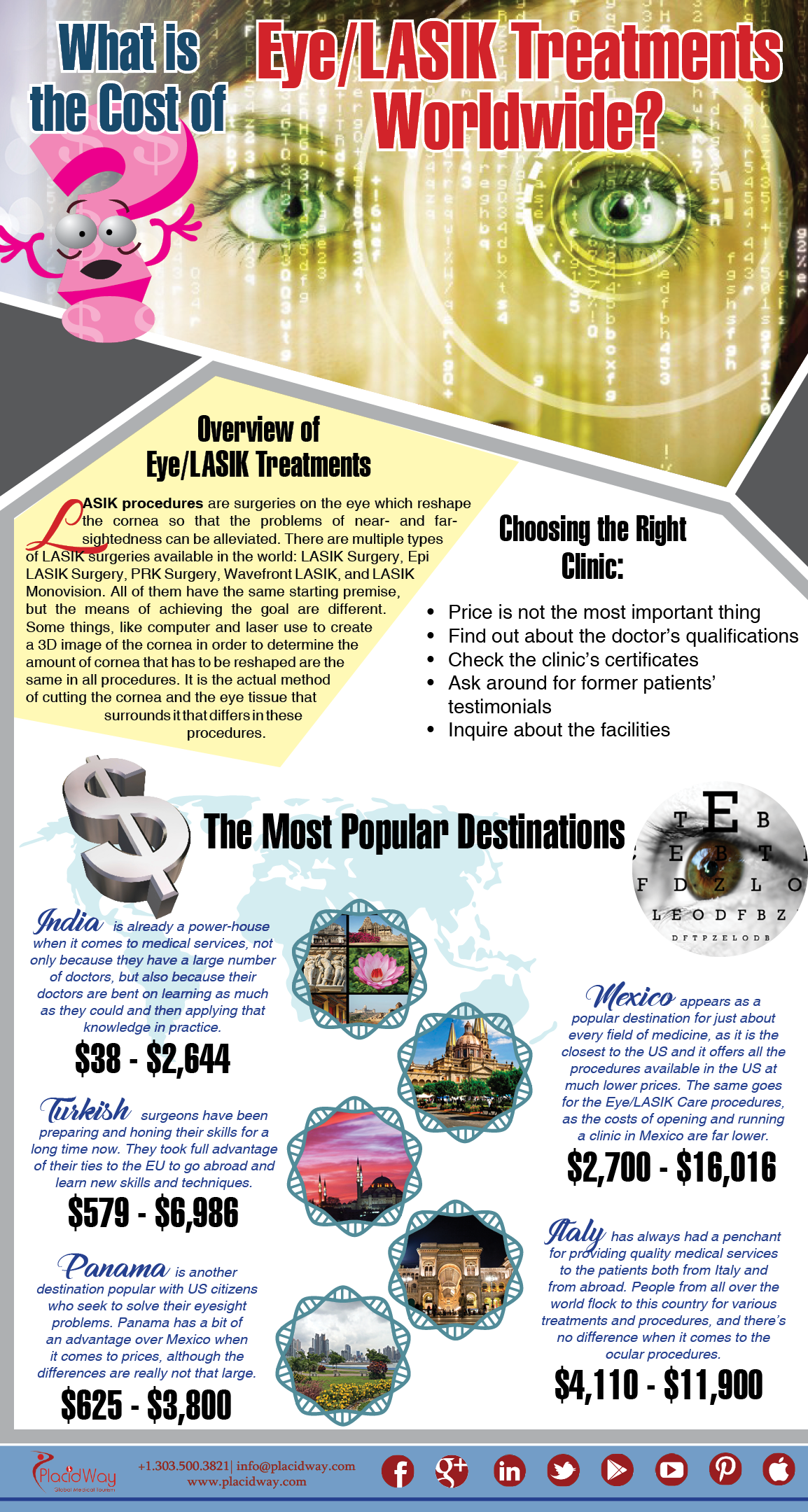The Ultimate Frequently Asked Question On Refractive Lens Exchange: Every Little Thing You Need To Know
The Ultimate Frequently Asked Question On Refractive Lens Exchange: Every Little Thing You Need To Know
Blog Article
Web Content By-Nissen Huynh
If you're thinking about refractive lens exchange, you probably have a lot of inquiries. This treatment might change exactly how you see the world, using benefits like lowered reliance on glasses. Nevertheless, it's vital to understand the procedure, threats, and who certifies as a good candidate. Let's check out these vital facets so you can make an educated choice regarding whether RLE is right for you.
What Is Refractive Lens Exchange and Exactly How Does It Function?
Refractive lens exchange (RLE) is an operation created to replace your eye's natural lens with a synthetic one, dealing with vision problems like nearsightedness, farsightedness, or presbyopia.
Throughout the procedure, your surgeon makes a tiny incision in the eye, removes your natural lens, and inserts an intraocular lens (IOL) tailored to your vision needs. This outpatient surgical treatment typically takes about 15 to half an hour per eye and is performed under regional anesthesia.
You'll likely see improvements in your vision virtually instantly, though complete recovery may take a couple of weeks. RLE is especially valuable for those over 40 or with high prescriptions, supplying a durable option contrasted to glasses or call lenses.
Your eye treatment specialist can aid determine if RLE is right for you.
What Are the Perks and Dangers of Refractive Lens Exchange?
Selecting refractive lens exchange can bring about significant improvements in your vision, yet it's important to evaluate both the benefits and dangers prior to making a decision.
On the plus side, this treatment can enhance your sight by dealing with concerns like presbyopia, myopia, and hyperopia. Lots of patients appreciate decreased reliance on glasses or get in touch with lenses, which can substantially boost their quality of life.
Nevertheless, it's critical to think about potential dangers. Complications can consist of infection, glare, or halos around lights.
There's additionally Recommended Reading of overcorrection or undercorrection, which might need extra procedures.
That Is an Ideal Prospect for Refractive Lens Exchange?
If you're taking into consideration refractive lens exchange, it is very important to know whether you fit the account of an ideal prospect. Typically, you may be an excellent candidate if you more than 40, experience presbyopia, or have high degrees of nearsightedness or farsightedness.
It's also essential that your vision is stable, indicating your prescription hasn't transformed considerably in the past year. If you have cataracts or other eye problems, you might benefit from this procedure also.
Nevertheless, specific variables, like uncontrolled diabetic issues or autoimmune conditions, can disqualify you. To identify your candidacy, talk to an eye treatment specialist who can examine your certain circumstance and advise the best course of action tailored to your demands.
Final thought
Finally, refractive lens exchange can be a transformative option for boosting your vision, specifically if you're over 40 or have a high prescription. While the advantages are substantial, it's important to evaluate the risks and consult with your eye care expert to determine if you're an optimal candidate. With the best info and guidance, you can make an educated decision and potentially enjoy a life with decreased dependancy on glasses.
